Jul 03, 2025
Author:Amanda Lyu
Natural cozy spots, whether sun-baked window sills or recently washed clothes, are always a cat attraction. Heat pads can give the same warm feeling, but do cats like heating pads?
This complete guide touches all aspects of what science knows about cats being lovers of heat, about the safety of heat pads, and interesting insights about which pads to use, and so forth, to keep your cat comfortable all year round.
The average temperature of a normal cat is about 101 degrees F, whereas that of a human being is 98.6 degrees Fahrenheit. This heightened temperature in the body requires more energy, so cats are urged to seek a warm place to conserve energy by cutting calories. Heat is easily lost by younger cats, as well as seniors and short-haired cats, so external sources of warmth are even more desirable. Maintaining regular feeding routines also supports energy balance—an automatic cat feeder can help your cat stay nourished and comfortable even when you're not home.
It is also due to the difference in temperature in our homes. Research indicates that indoor thermostats are usually set at 68°F. When room temperature drops below 86°F (the end of a cat's thermoneutral zone), your pet will burn calories to keep warm. A mild heat source alleviates this metabolic burden and encourages restful sleep.
Heat pads are great substitutes for that favorite Sunbeam sensation, granting a steady warmth when it is not around.
Heat is easily lost by younger cats, seniors, and short-haired cats, so external sources of warmth are even more desirable.
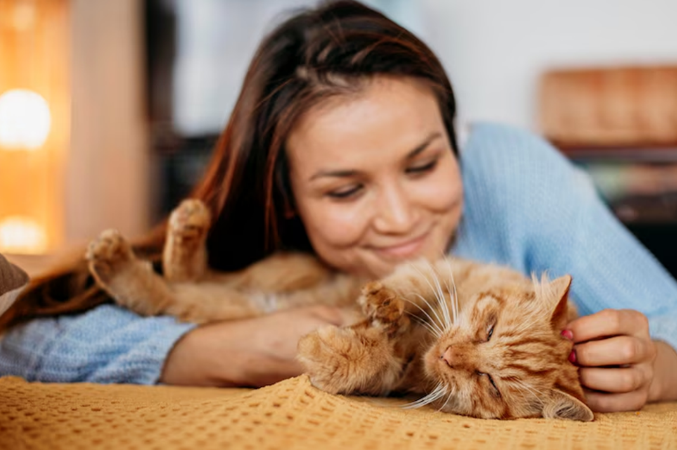
Since we have seen the possibilities of what cats prefer in warmth, it is time to see the safety aspect. Heating pads can be safe when pet-specific equipment is used properly. Pet-designed pads are capped at 102°F and feature chew-proof cords. Human heating pads do not have these safety measures, and they may get as hot as 160°F, which is too hot and may sound dangerous to a cat.
The best option is always to use low voltage and UL-recognized pads that auto-shut off.
Read more about the Cat Body Condition Score you should know.
To prevent an accident to your cat, use these fundamental safety regulations:
● Select pet-specific equipment with UL or CE marks and chew-resistant cords
● Set to low heat - the surface should feel like a warm towel, not a hot surface
● Provide an escape route - Leave one side of the bed uncovered so your cat can easily step away
● Inspect daily for frayed wires or moisture damage
● Use auto-off timers (8-hour maximum) to prevent overheating during extended use
● Always use genuine power accessories for your pet equipment.
Staying warm is one thing, but hydration is just as vital for your cat’s health. Consider adding a cat water fountain nearby—many cats are more likely to drink from moving water, which supports kidney health during colder months.
Paying attention to safety, it is time to consider the possibilities of choosing an ideal heating pad.
|
Feature |
Electric Pet Pad |
Microwavable Disc |
|
Heat Duration |
6–12 hours |
2–4 hours |
|
Temperature Control |
Thermostat |
Fixed heat curve |
|
Ideal For |
Overnight comfort |
Short naps |
|
Power Required |
Yes |
No |
Electric pads are good with chronic heat-seekers, arthritic senior cats, or drafty houses. Discs that can be microwaved are ideal for power outages or when travelling. Avoid disposable human heat packs—they become too hot and may leak harmful chemicals.
Size matters too. A 12" x 14" pad suits most adult cats, but larger breeds need more spacious support.
It takes time and a proper attitude to introduce a heating pad:
● Put the pad somewhere that you like, where sweet smells can give you confidence
● Casing should be covered with a thin fleece to ensure even heat distribution
● Switch it on when your cat is observing to create curiosity
● Put treats, or catnip, close to the heated subject
● Keep watch of the reactions - when your cat pulls back, turn the heat down and wait a while to resume
It will take most cats one week to accustom themselves to their new heated throne courtesy of such a slow transition.
There are several health and comfort benefits of heating pads:
Warmth facilitates the relaxation of tightened joints of older cats with arthritis and enhances movement and comfort.
Warmth relieves pain and contributes to blood circulation, aiding the healing process after an operation.
Heat causes the production of serotonin, which calms the individual and causes normal grooming behavior.
It is possible to reduce the thermostat at home by a few degrees while keeping the cat comfortable.
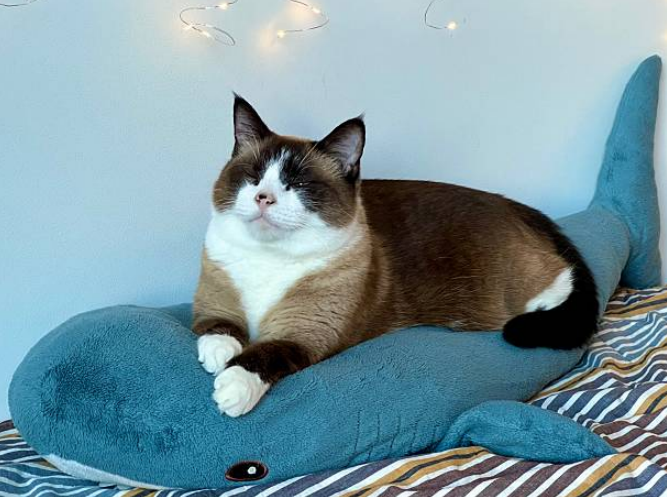
Various cats possess distinct heating requirements that should be taken care of.
Young kittens are unable to maintain body temperature. They also depend on outer warmth till week four, which is normally their mother's body. Effects of Lactation: In nursing orphaned kittens:
● Day 1-7: temperature will be 95°F (35°C)
● Reductions in temperature should be set gradually at 90 0F week 2, 85 0F week 3, and 80 0F week 4
● Warm just half the nest so the kittens can move in or out of the warmth.
● Close supervision should be adopted because kittens cannot prevent overheating.
Arthritis often stiffens joints as old age sets in because nine out of every ten aged cats have arthritis. The patient feels better when the mild heat (100-102°F) is warm. Put a pad of low voltage on their favorite perch, kitten thin fleece to give traction, and use this with ramps or steps to minimise high jumps.
Outdoor cats endanger their lives during cold nights. Frostbite and hypothermia can be prevented by a weather-proof, electrically safe (IPX4-rated) pad within an insulated shelter.
Key setup requirements:
● Make use of straw bedding (not the blankets that can retain moisture)
● Raise the shelter some inches above wet soil
● Provide escape routes by forming two exit doors towards opposite sides
● Glue cords in flexible conduit and apply GFCI outlets
During winter, there are higher chances of electrical fires caused by pets. In 2024, UL reported that 27% of incidents involved damaged cords
Essential safety measures include:
● Cords that run behind furniture should be covered with sleeves
● When you have several pets, unplug when unattended
● Look into high-risk options without the use of batteries
● Check the cords once a week to look for any damage on them
Safety and the prolonged life of your heating pads are guaranteed through proper maintenance.
Daily: Check for damage or wear.
Weekly:
● Any cleaning should begin by unplugging first
● Wash fleece covers by machine, and then take them out
● Clean the pad surface with mild soap (never immerse)
● Air till dry before repeating the store
Quarterly: The inspection is done thoroughly to reveal the inside damage.
Annually: Replace within three winters
The contemporary type of heating pads that heat cats is extremely energy-efficient. A low-voltage pad uses just 6 watts, equivalent to an LED night light. This is the cost breakdown as follows:
● 6W × 8 hours ÷ 1,000 = 0.048 kWh per night
● 0.048 kWh × £0.28 = approximately 1.3p per night
● Monthly cost: roughly 40-50 pence
● The auto-off buttons help decrease wasteful energy consumption
● The use of recyclable materials contributes to minimizing waste in landfills
● Energy-conserving vents and thermostats reduce consumption by between 20 and 30 percent.
● Charitable brand relations assist wildlife conservation.
These are behavioral cues to look out for:
Positive signs: Kneading, exposing belly, regular nighttime visits
Negative signs: Quick escape, flattened ears, attempting to chew the pad
Remember: Some cats naturally prefer sunbeams or fleece blankets—respect their preferences.
Every cat has its way of enjoying warmth—some may even surprise you! We'd love to hear how your furry friend reacts to their new cozy spot. Share your pet story with us and inspire other cat parents.
Avoid these dangerous practices:
● By using human heating pads that are beyond the temperature of 150 degrees Fahrenheit
● Cutting off all possible scenarios of escaping the heated place
● Pack pads with heavy blankets that keep them warm
● Extension cords daisy-chained into fire hazards
● Disregarding medical prescriptions for cats with heart diseases
All cats require extra warmth. Cats with long hair housed in well-heated houses may not need a heating pad. Symptoms that a cat is overheated:
● Cool tile floors in pursuit
● Lying on the backside to shed heat
● Panting, or flapping jaws
In such cases, layered bedding should be offered, and they must be protected against overheating.
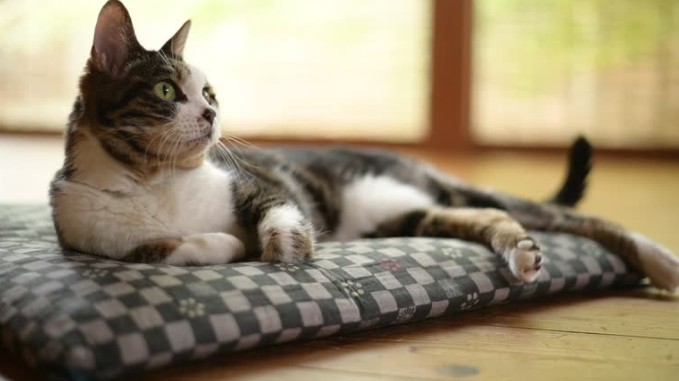
The right kind of heating pad will be helpful enough to convert the chilliest corner in your home into your cat's favorite retreat. Select pet-rated models with UL certification that are safe against chewing cords and have automatic timers. Use the greenest setting and warm only about half of the sleeping area so that your cat can have a say in the level of warmth.
Put your temperature on your wrist; it should be like a warm towel, but not hot. Examine the cords once a week, launder covers frequently, and clean up immediately should you come across breaks or wet spots. Being careful, you will be able to give warmth, security, and coziness all year round.
Have questions or need help picking the best solution for your cat? Contact WOpet for personalized guidance and trusted pet care solutions.
Label:
Popular Post

What to Feed a Sick Dog With No Appetite? [2025 Guide]
May 16, 2023
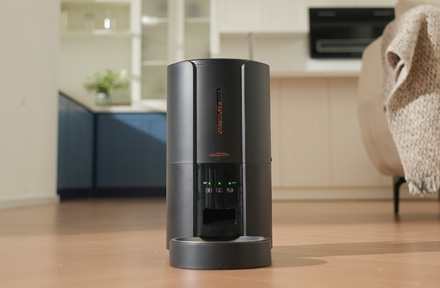
Troubleshooting Common Issues with Automatic Pet Feeders: Tips & Tricks for Pet Owners
Oct 26, 2023
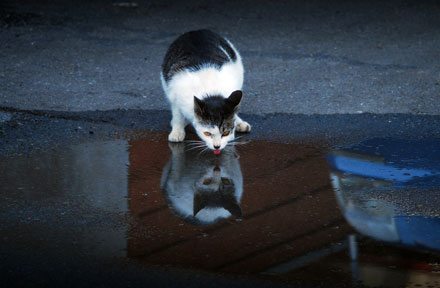
Why Does My Cat Cough After Drinking Water? 8 Potential Reasons
Mar 13, 2023
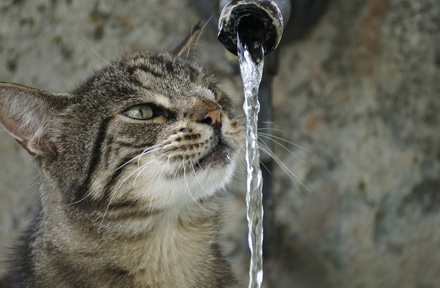
Why is My Cat Throwing up Water? Top 5 Causes Here
Feb 08, 2023
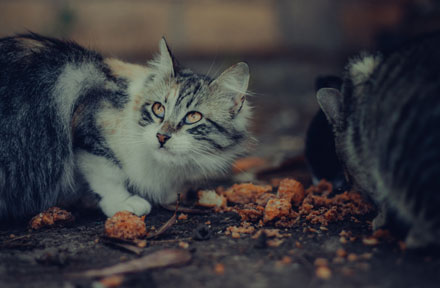
My Cat Only Eats A Little at A Time - What to Do?
Feb 27, 2023
$99.99
$129.99
Copyright © 2025 WOPET. All Rights Reserved.